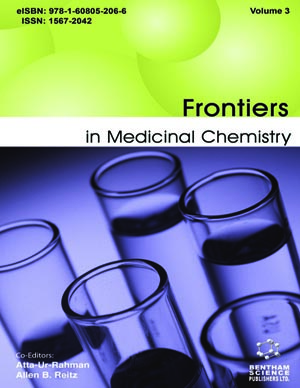Abstract
Most drugs with central nervous system (CNS) activity enter the brain either by diffusing across the membranes which comprise the blood-brain barrier (BBB) or by being transported by carrier systems across those membranes. Substances which cannot cross the BBB by one of these mechanisms, like serum albumin, are virtually excluded from the CNS. However, this exclusion is not absolute. Cerebrospinal fluid (CSF) levels of albumin, for example, are about 0.5% those of serum levels. Albumin enters the CNS through a variety of pathways collectively termed the extracellular pathways. Any circulating substance can, in theory, use these pathways to enter the CNS. But, traditional drug development has ignored this pathway. To approach even the CSF/serum ratio of 0.5%, a candidate therapeutic would need to meet several criterion: long half-life in blood, small volume of distribution, high potency in the CNS, and absence of brain-to-blood efflux. Two emerging therapeutics which are likely exerting their CNS effects by way of the extracellular pathways are antibodies directed against amyloid beta protein (ABP) and erythropoietin (Epo) used in the treatment of stroke. These examples suggest that the extracellular pathways are an option for the delivery of certain therapeutics to the brain.






















